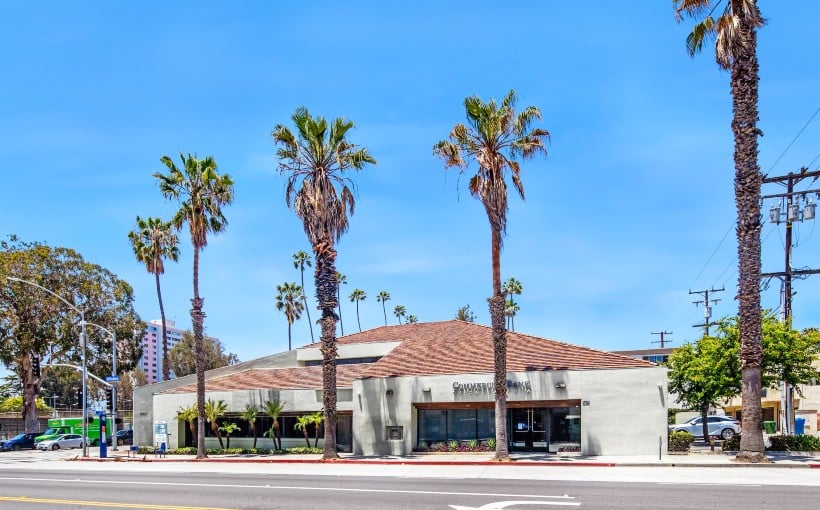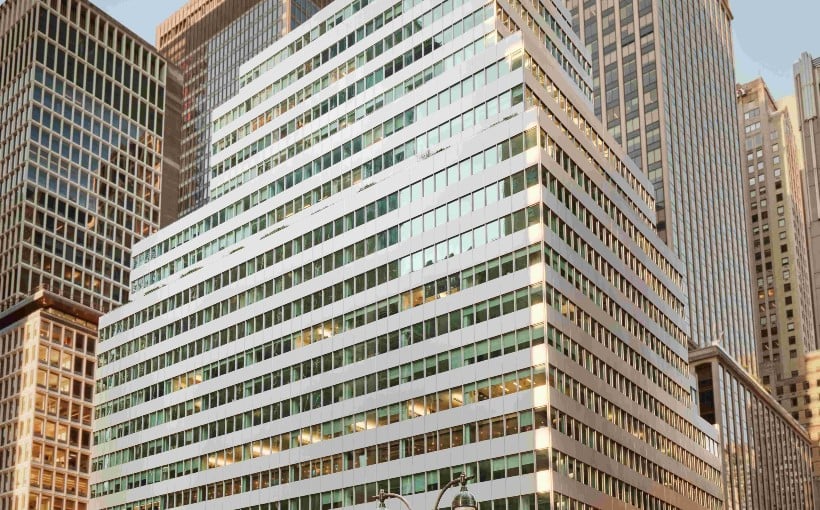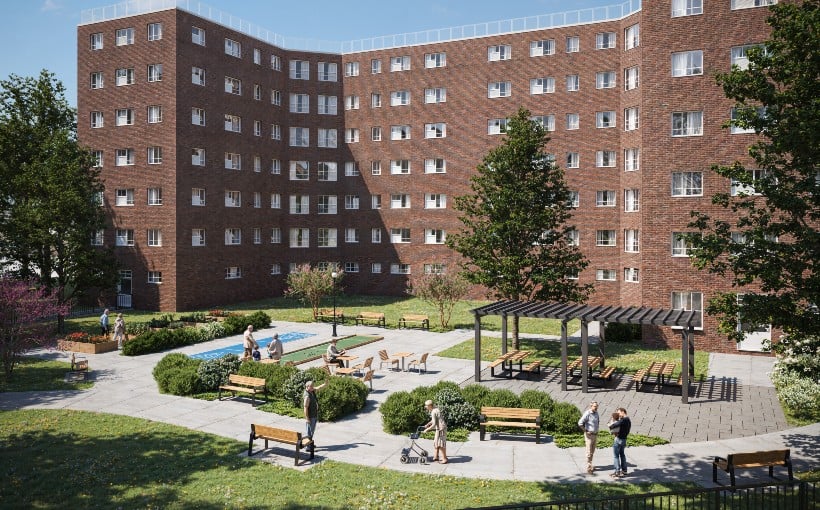**Q1 2025 Office Market Report: Weak Net Absorption Amid Shrinking Supply**
The U.S. office market in the first quarter of 2025 continued to face challenges, with reports indicating largely weak net absorption—a recurring trend from previous quarters. However, amidst the ongoing sluggish performance, there were several glimmers of positive momentum.
According to Cushman & Wakefield, while Q1 net absorption remained negative, the four-quarter rolling total reached its highest level in over two years, signaling potential signs of stabilization in tenant demand.
**Mixed Signals on Absorption**
Reports from Colliers and Lee & Associates diverged slightly from the overall narrative, with both firms recording positive net absorption for Q1 2025. Lee & Associates described the trend as “positive, albeit weak tenant growth,” highlighting it as a significant turnaround compared to the losses recorded in the same period in 2024.
JLL’s latest Office Market Dynamics report offered a more tempered perspective, noting that occupancy losses had made a return, largely due to lease terminations by federal agencies and removals of buildings for adaptive reuse projects. Still, JLL noted a 60% improvement from the previous quarter, suggesting a partial recovery.
A notable sign of improvement across the board was the reduction in sublease inventory. Cushman & Wakefield reported that sublease vacancy has decreased for four consecutive quarters, indicating a decline in companies offloading excess space—a trend that had weighed heavily on the market in prior years.
**Construction Activity Slows**
Across the industry, Q1 data reflected a progressive slowdown in new office construction. Reports from Colliers, JLL, and Cushman & Wakefield all pointed to significantly fewer project starts and deliveries nationwide.
According to Colliers, the current high costs of materials, labor, and financing are contributing to delays and cancellations in new developments, often requiring substantial pre-leasing commitments to justify breaking ground. JLL highlighted that overall office construction has fallen 78% since 2019, with 72% of the remaining pipeline already preleased.
**Future Market Outlook**
Cushman & Wakefield expressed cautious optimism in its market forecast. While acknowledging economic uncertainty, the firm pointed out that gateway cities are beginning to see population growth again, which could drive long-term demand for office space.
JLL also maintained a slightly upbeat view, projecting that net absorption is on a path toward stabilization, with expectations that vacancy rates will plateau and eventually begin to decline. Increased interest in expansionary leases could further support this trend in the coming months.
On the contrary, Lee & Associates warned of a continued increase in vacancies through 2026, alongside a deceleration in rent growth. Colliers echoed this sentiment, suggesting that slowed delivery of new, high-quality office product would stall rent growth in most regions.
Still, one of the brighter developments mentioned by JLL was an improvement in capital markets liquidity for the office sector in Q1. The firm noted that lower asset pricing and more capital flow into the market could encourage landlords to invest in upgrades and concessions for Class A properties—potentially attracting new tenants and bolstering occupancy levels.
As the office market continues to face headwinds, the coming quarters may offer a clearer picture of whether recent signs of stabilization can evolve into a more durable recovery.




